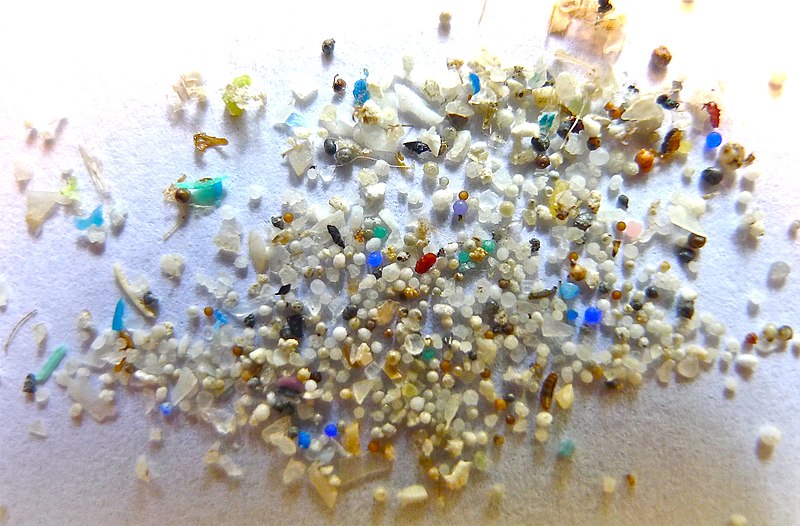Engineers are uniquely challenged when working beneath the ocean surface, especially on oil & gas projects. These ocean-based projects require subsea infrastructure, pipelines, floating facilities, flexible and rigid pipe lay and risers, and subsea controls for separation and storage of product. Auxiliary services include integrity management, inspection, repair, maintenance, surveying, upgrading and decommissioning. Subsea projects range from a few feet deep in marshlands to over 20,000 feet in deep seas, with the overall trend toward deeper and deeper sites located further and further from shore.
Equipment Needed for Subsea Work
For major players in subsea construction, a fleet of vessels, pipe laying platforms, and subsea cranes are needed to be successful in increasingly demanding ocean environments. The largest consumer of these services is the offshore oil and gas industry; the top five operators are Shell, British Petroleum, Chevron, Apache and Anadarko Petroleum.
Huge Growth Underway as Most Oil Sits Under Ocean’s Surface
As has been widely reported, easily accessible oil fields have already been found and exploited; the future of the industry is in deep oceans where fields are typically from 3,000 to 10,000 feet deep. Offshore oil and gas fields are set to provide an increasing share of the global oil supply with deepwater projects growing by 37% between now and 2018. Global deepwater oil and gas production facilities’ spending, expected to be $214 billion in 2014, will grow steadily at a 12% Compound Annual Growth Rate (CAGR) reaching $377 billion in 2018.
A Rundown of Current Worldwide Offshore Vessels (OSV)
A recent count of the worldwide OSV fleet revealed 2,967 vessels with 70% of the existing fleet under 20 years of age. The SinoPacific shipyard currently holds the top position with 48 new builds underway or a 12% market share. The current global order book for OSV ships totals 411 with approximately 200 to 300 vessels delivered and dozens of the oldest ships scrapped annually.
The image below is from the fleet of Bourbon, a huge player in this industry, with annual revenues of $1.62 trillion (1.187 trillion euros), operations in 45 countries, a total of 458 vessels and 10,300 employees worldwide, 81% of whom work at sea.






